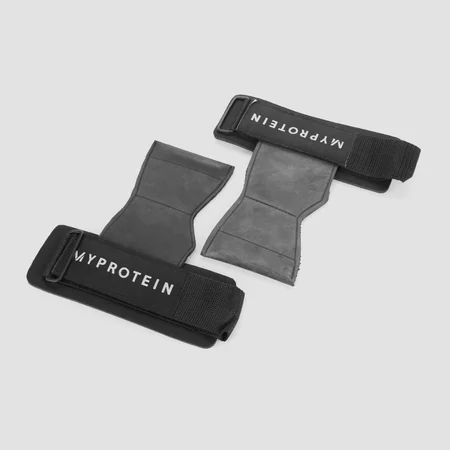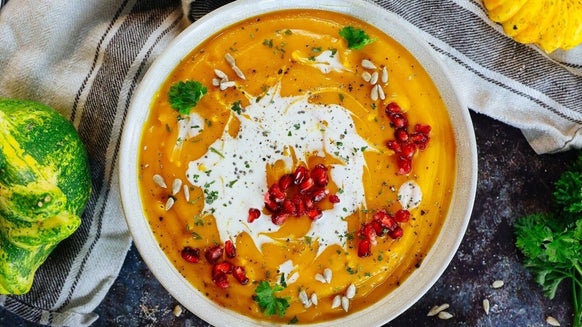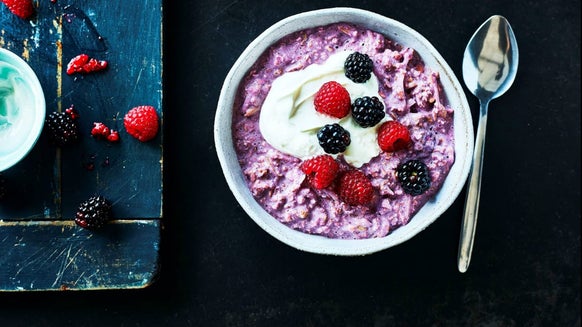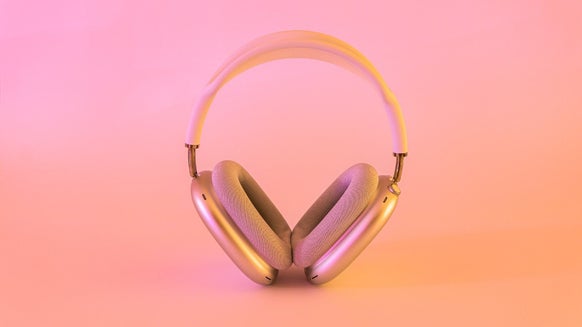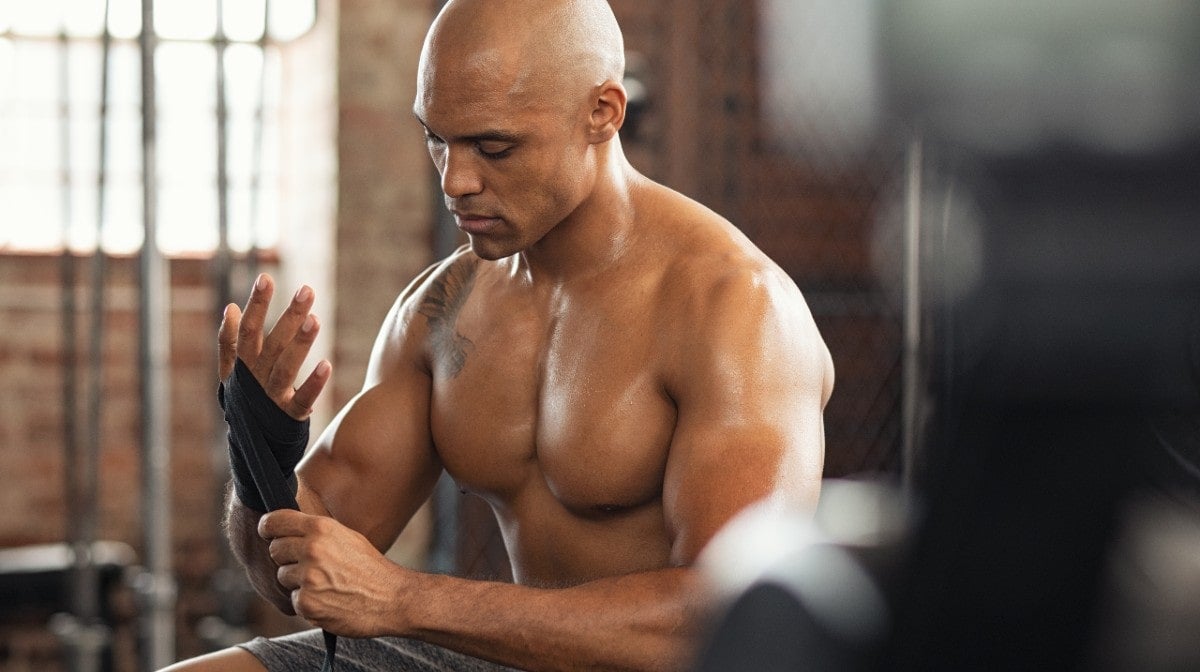
Lauren is a Myprotein PT and online coach specialising in strength and weightlifting. She is passionate about helping women overcome worries about the gym, unlocking their training potential, empowering them to train in the weights section with confidence, and improving their lives. Lauren is a L3 PT, indoor cycling instructor and currently undergoing study for her L4 strength and conditioning qualification.
Weightlifting accessories can be a great tool in the gym. They can support general training as well as people with mobility issues, helping you get to the next level and reach new PBs. There are loads of accessories to choose from, all with varying benefits and disadvantages. Here are some of my best picks.
Weightlifting/flat shoes
Weightlifting shoes are trainers with elevated heels. This elevation helps you maintain correct technique when lifting. When it comes to compound exercises, failing to maintain proper form can really hold you back from excelling or even performing it altogether.
Heel elevation heights can vary from shoe to shoe; the goal is to find one that allows you to get in the desired position comfortably while still having control of the bar.
If you don’t own any weightlifting specific shoes, flat shoes like plimsolls will be just fine.
Gloves
Weightlifting gloves can help with grip of the bar and prevent calluses. They can also help with any strain or pressure, providing additional support and stability. If used properly, gloves can support you lifting heavier, helping to distribute load more evenly throughout your hands and forearms.
Wrist Wraps
Wrist wraps provide a good level of wrist support, helping to protect your hands from injuries such as cuts and bruises. They’re also good for combat-based sports and exercises.
Figure 8 Lifting Straps
Lifting straps help to reduce the demand on grip strength and allow you to focus more on maintaining correct form and technique. They give stability and take unnecessary strain off the wrists, and can also help with gripping the bar, which is especially helpful if you’re lifting heavy or a lot of weight.
While I’m a fan, I wouldn’t encourage clients to use them when starting out. If you’re a beginner, your priority should be improving your grip strength (you can do this by performing farmer’s walks, carries, dead hangs, etc). There’s also a risk of weakening your wrists if you become too reliant on them.
Lifting Grips
Much like straps, grips work to help increase your contact with the barn and provide good wrist support.
Lifting Hooks
Lifting hooks are another alternative to straps or grips — it's down to personal preference what you wish to use. Hooks can lessen reliance on your forearms and fingers for grip and instead recruit the correct muscles for the given lift. Hooks work especially well in pulling movements like deadlifts.
Chalk
Chalk usually comes as a powder or liquid, helps improve your grip and can protect your hands against abrasions and calluses. Chalk is handy when performing heavy pulling movements like rows, deadlifts or pull-ups and chin-ups.
Belts
Lifting belts can help you brace properly and provide support when you’re lifting close to your maximum weight. They’re often used incorrectly; there’s more to it than cinching as tight as possible! The purpose of using a belt is to help reduce stress on your lower back and stop hyperextension of the spine. There are many types of weightlifting belts, so it’s best to talk to your coach to help find the best one for you and your goals.
Compression Clothing
Compression clothing is made of stretchy material to keep your body secure and in place. It helps regulate your body temperature, keep you comfortable, and can also help to reduce any stress on your body as you perform heavy lifts
Barbell pads
Barbell pads are good for moves like hip thrusts as they can protect your hips and pelvis from bruising and pressure. They can also help prevent the bar from slipping away from you as you thrust upwards, meaning you have more control over the load. I wouldn’t recommend them for squats as they can push you forward and decrease your stability throughout the lift.
Resistance bands
Resistance bands are great for beginners and can be used for all sorts of exercises, like activation exercises. They’re great for increasing tension in muscle groups, training stability of joints and adding isometric tension.
Knee wraps
Knee wraps are compression-type wraps designed to provide support and stability to the knee joints. They help minimise pressure and stress placed on your knees and quads during a heavy lift.
Take Home Message
Weightlifting accessories can be a great addition to your training and can help you to maximise your lifts when used correctly. Some accessories should only be used once you’re fully comfortable doing certain exercises, have mastered form, and ready to move to the next level.
They should enhance your regime rather than stand in for any technical flaws. Think of them as “nice to have” instead of “need to have”. You should never become too reliant on an accessory to perform a lift correctly.



